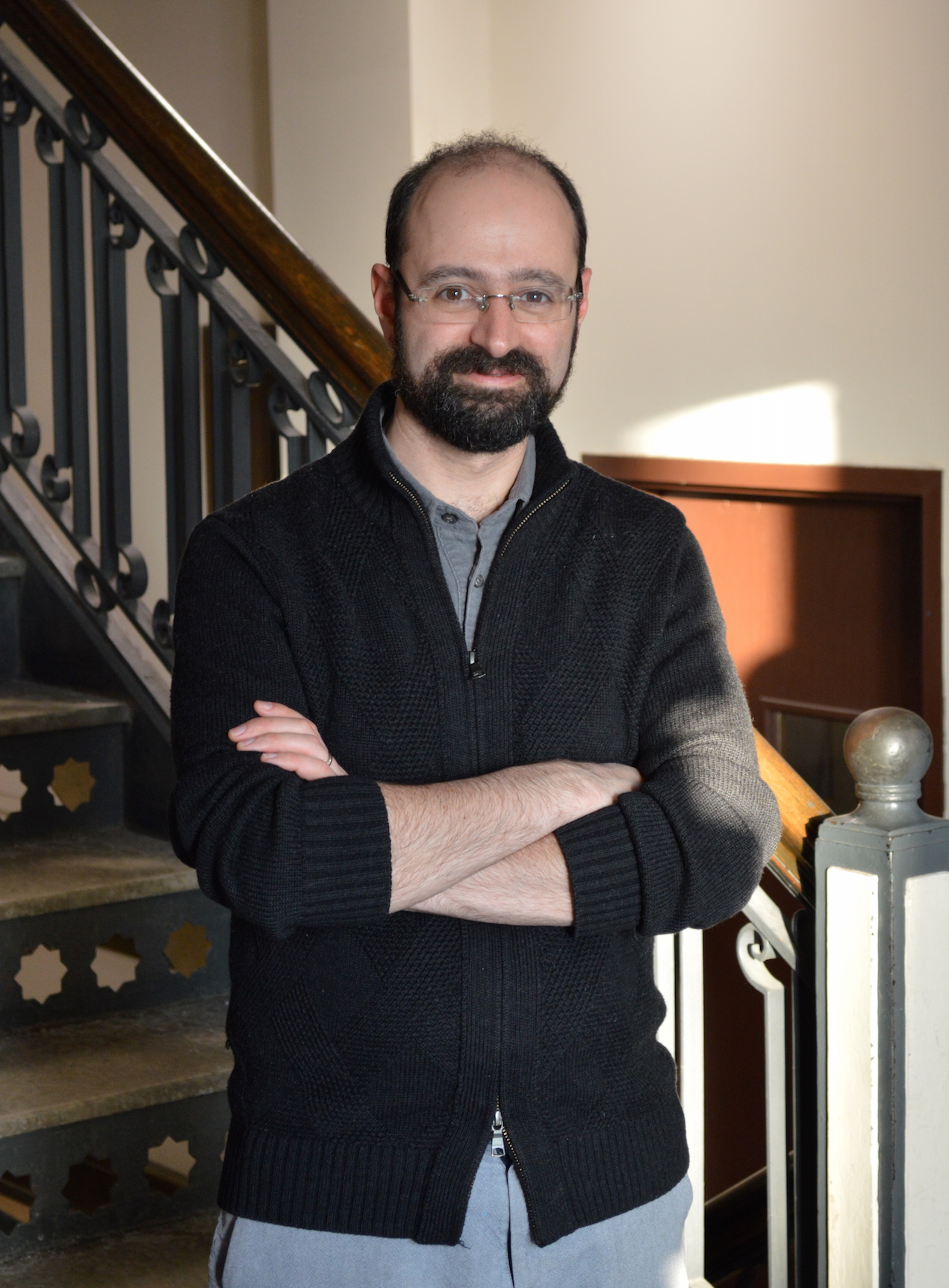 |
 |
 |
 |
 |
 |
Music theory from first principles
The ubiquity of music throughout history and across cultures raises a fundamental question: Why is this way of arranging sounds such a powerful medium for human artistic expression? Although there are myriad musical systems and styles, certain characteristics are nearly universal, including emergent symmetries such as a restriction to a discrete set of sound frequencies (pitches), and a regular arrangment of sounds in time (rhythm).
Both the discrete set of pitches and rhythmic arrangement of sounds can be viewed as a state with broken symmetry, as compared to general non-musical sounds. This is analogous to phases of matter where a solid crystal, for example, is a broken-symmetry state as compared to a disordered gas. We are studying how the same mathematical and computational tools used to understand phase transitions in matter can be applied to understand the structures that arise in music.
Musical harmony as an ordered phase of sound
In this work, we develop a model of musical harmony governed by two competing factors: a drive to minimize dissonant combinations of sounds, and a drive to maximize the variety of music that can be composed. These two factors are analogous to the internal energy and entropy of a physical system, with a parameter specifying the trade-off between the two analogous to temperature. These are the factors that govern transitions between phases of matter in physics. As such, we can study how familiar harmonic structures emerge in a system of interacting tones using tools such as mean field theory, Monte Carlo simulation, and renormalization group theory.
Using realistic parameters for sounds with a harmonic spectrum, we observe emergent properties, such as a the 12-fold division of the octave, and familiar scales and chords used in Western music. Other choices or parameters, or sounds with non-harmonic timbres can give rise to other behavior, such as 5- or 7-fold octave division used in other musical traditions, or 19- or 31-fold octave division used in some experimental music.
Read more here: The structure of musical harmony as an ordered phase of sound: A statistical mechanics approach to music theory, or watch a quick explainer video:
Rhythm as a broken symmetry in time
We can also apply a similar approach to understand how rhythmic patterns can emerge from general sounds that might begin and end at arbitrary times. In the case of harmony above, a psychological factor (minimzation of dissonance), competed with a desire to maximize compositional variety. We can likewise construct a model in which a preference for rhythmic patterns competes with the drive towards maximum variety of those patterns. Phase transitions can be observed in these models between a high-temperature phase with beats occuring at arbitray times, to a low-temperature phase ending in a ground state with a competely regular repeating beat.
We have used these theories as a foundation for physics-inspired algorithmic composition, and for the development of an instrument "The Composer" that allows one to explore live, collaborative composition and performance using these algorithms.
Many compositions are available here. Or listen below:
People
| Faculty | |
 |
Prof. Jesse Berezovsky Jesse Berezovsky is a professor of physics at Case Western Reserve University. In addition to his research into devices for quantum technology, he studies applications of statistical mechanics to music theory. He also plays the viola. |
 |
Alex Cooke Alex Cooke is a theory and composition faculty member at the Cleveland Institute of Music. In addition to a DMA from CIM, he earned a Master’s degree in mathematics from CWRU, studying Markov chain methods for algorithmic composition. |
| Students | |
 |
Ryan Buechele |
 |
Huay Din |
 |
Robert St. Clair |